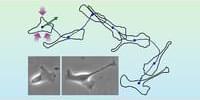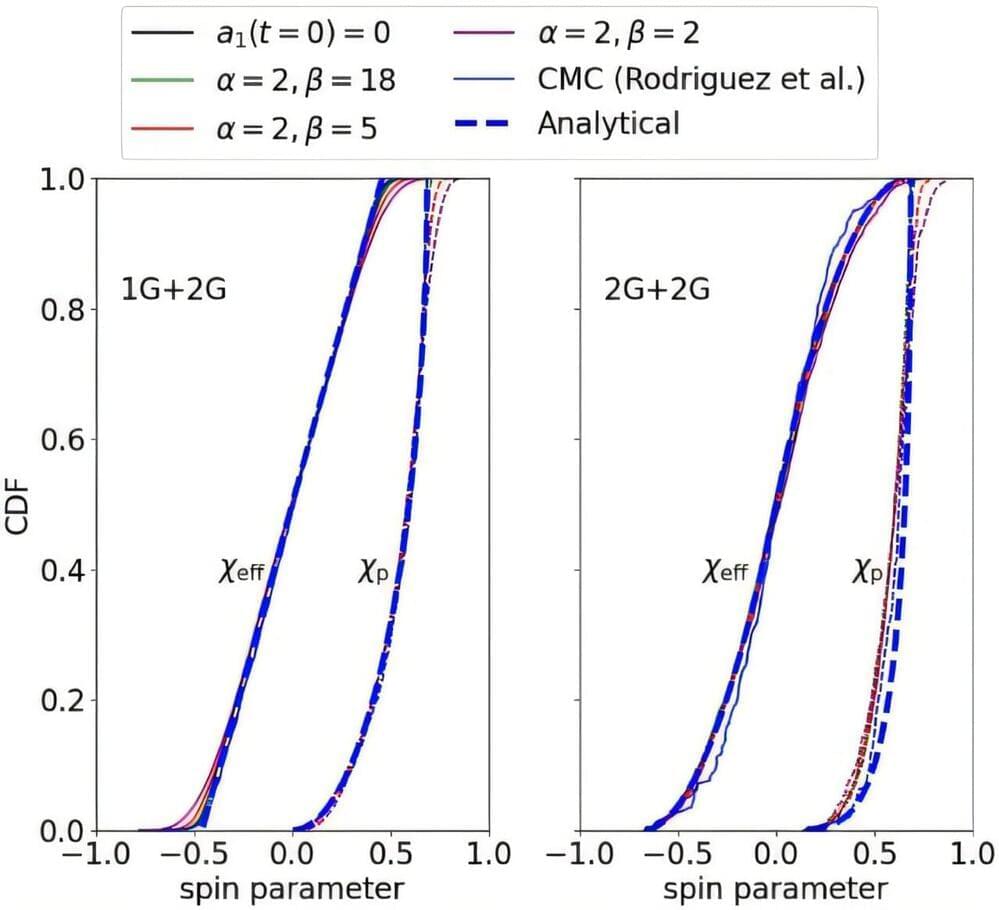Profluent unveils Protein2PAM AI model to design CRISPR systems targeting more of human genome, CEO Ali Madani announces. Tool predicts PAM sequences for expanded gene editing.



Researchers at the University of Oklahoma have developed a breakthrough method of adding a single nitrogen atom to molecules, unlocking new possibilities in drug research and development. Now published in the journal Science, this research is already gaining international attention from drug manufacturers.
Nitrogen atoms and nitrogen-containing chemical structures, called heterocycles, play a pivotal role in medicinal chemistry and drug development. A team led by OU associate professor Indrajeet Sharma has demonstrated that by using a short-lived chemical called sulfenylnitrene, researchers can insert one nitrogen atom into bioactive molecules and transform them into new pharmacophores that are useful for making drugs.
This process is called skeletal editing and takes inspiration from Sir Derek Barton, the recipient of the 1969 Nobel Prize in Chemistry.



This idea stems from General Relativity, which shows that space and time are not fixed but dynamic and interwoven. Two key discoveries in the early 20th century solidified this understanding. First, Vesto Slipher observed that light from many nebulae was redshifted, indicating they were moving away. Second, Edwin Hubble measured distances to these galaxies and found that the farther they were, the faster they receded. This correlation, now known as Hubble’s Law, confirmed that the Universe is expanding.
Scientists often use analogies to explain this phenomenon. The “balloon analogy” imagines galaxies as coins on a balloon’s surface, moving apart as the balloon inflates. Another analogy is a loaf of raisin bread dough, where the raisins (galaxies) move apart as the dough (space) expands. However, these analogies fall short in some respects. Unlike the dough or balloon, the Universe doesn’t expand into anything; it’s all there is.
Observations suggest the observable Universe is only a fraction of a potentially infinite cosmos. While light from unseen regions will eventually reach us, expanding spacetime itself ensures galaxies continue moving farther apart. The theory of cosmic inflation suggests that our Universe is one “bubble” in a vast multiverse, though these regions remain isolated from one another.



The size and spin of black holes can reveal important information about how and where they formed, according to new research.
The study, led by scientists at Cardiff University, tests the idea that many of the black holes observed by astronomers have merged multiple times within densely populated environments containing millions of stars.
The work is published in the journal Physical Review Letters.

Geophysicists at ETH Zurich are using models of the lower mantle to identify areas where earthquake waves behave differently than previously assumed. This indicates the presence of zones of rocks that are colder, or have a different composition, than the surrounding rocks. This finding challenges our current understanding of the Earth’s plate tectonics—and presents the researchers with a major mystery.
No one can see inside the Earth. Nor can anyone drill deep enough to take rock samples from the mantle, the layer between the Earth’s core and outermost, rigid layer, the lithosphere, or measure temperature and pressure there. That’s why geophysicists use indirect methods to see what’s going on deep beneath our feet.
For example, they use seismograms, or earthquake recordings, to determine the speed at which earthquake waves propagate. They then use this information to calculate the internal structure of the Earth. This is very similar to how doctors use ultrasound to image organs, muscles or veins inside the body without opening them up.
Evolution of the iodine cycle and the late stabilization of the Earth’s ozone layer https://www.pnas.org/doi/10.1073/pnas.
If you like the smell of spring roses, the sounds of summer bird song, and the colors of fall foliage, you have the stabilization of the ozone layer to thank for it. Located in the stratosphere, where it shields Earth from harmful ultraviolet radiation, the ozone layer plays a key role in preserving the planet’s biodiversity.
Now we may have a better idea of why that took so long—more than 2 billion years—to happen.
According to a new, Yale-led study, Earth’s early atmosphere hosted a battle royale between iodine and oxygen—effectively delaying the creation of a stable ozone layer that would shield complex life from much of the sun’s ultraviolet radiation (UVR).